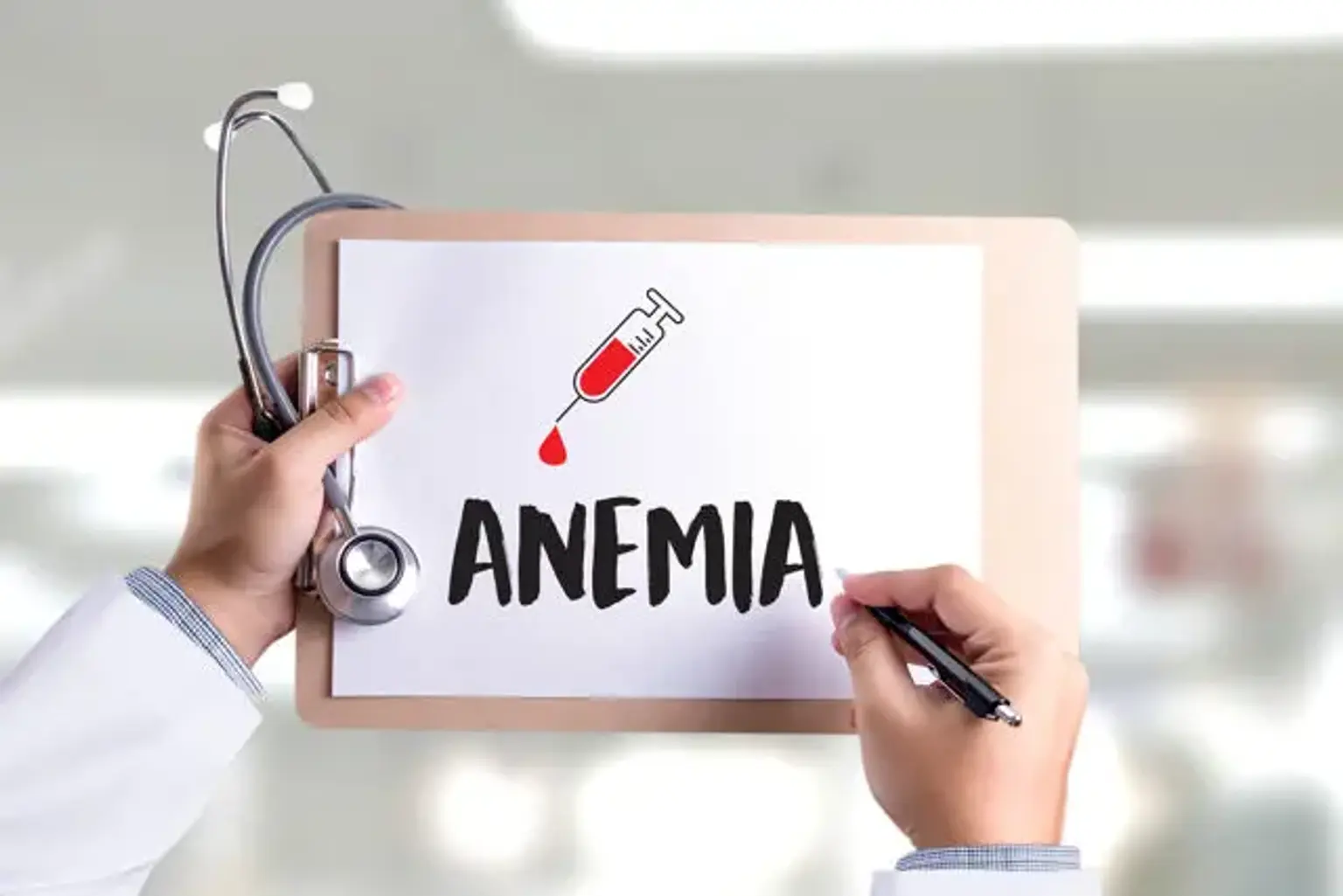Introduction
Anemia is one of the most common blood disorders, affecting millions of people worldwide. It occurs when the body doesn’t have enough healthy red blood cells to carry adequate oxygen to tissues and organs. This condition can range from mild to severe and may result in fatigue, weakness, and other symptoms that can significantly impact daily life.
Understanding anemia is crucial for managing its effects and preventing complications. Whether caused by nutritional deficiencies, chronic illnesses, or genetic factors, anemia is a condition that can be effectively treated. South Korea, renowned for its advanced medical care, has become a global hub for anemia treatment and management, drawing patients from all over the world.
This article delves into everything you need to know about anemia, including its causes, symptoms, types, diagnosis, and treatments available—particularly in Korea.
Understanding Anemia
Anemia occurs when the number of red blood cells or the concentration of hemoglobin falls below normal levels, reducing the blood's capacity to transport oxygen. Oxygen is vital for cellular function, and insufficient oxygenation can lead to symptoms like fatigue, dizziness, and shortness of breath.
Globally, anemia is a significant health issue, with more than 1.6 billion people affected. While it can occur in anyone, certain populations, such as children, pregnant women, and the elderly, are more susceptible.
South Korea, like many other countries, has invested significantly in diagnosing and treating anemia. Korean hospitals are equipped with state-of-the-art diagnostic tools to identify the root cause of anemia and tailor treatments accordingly.
